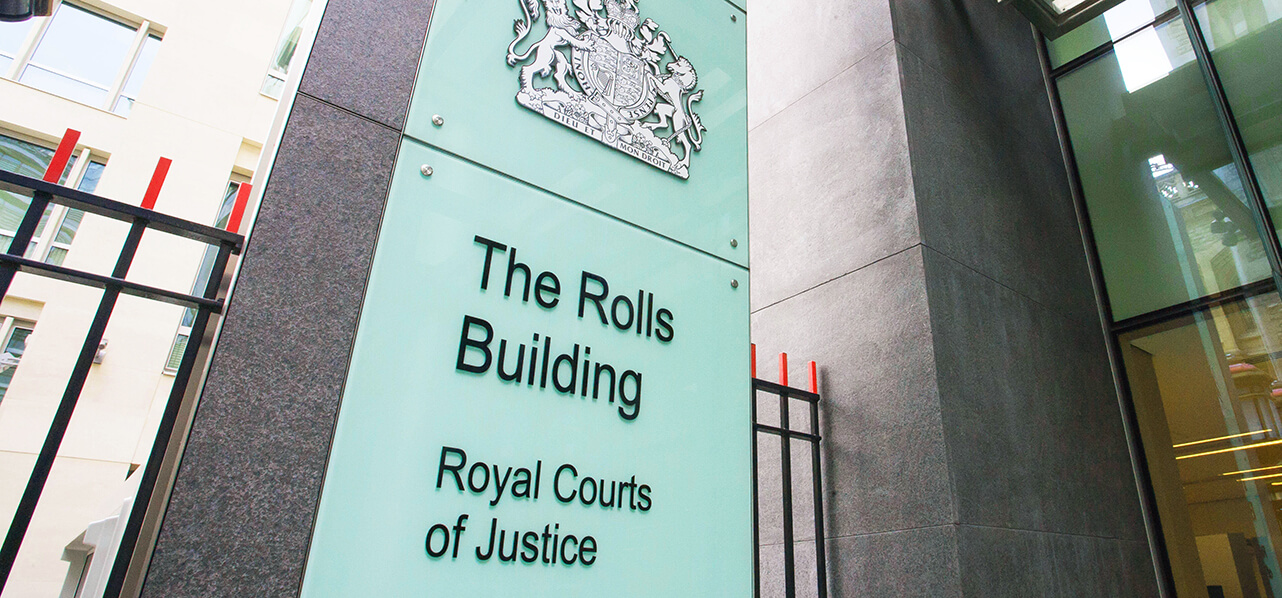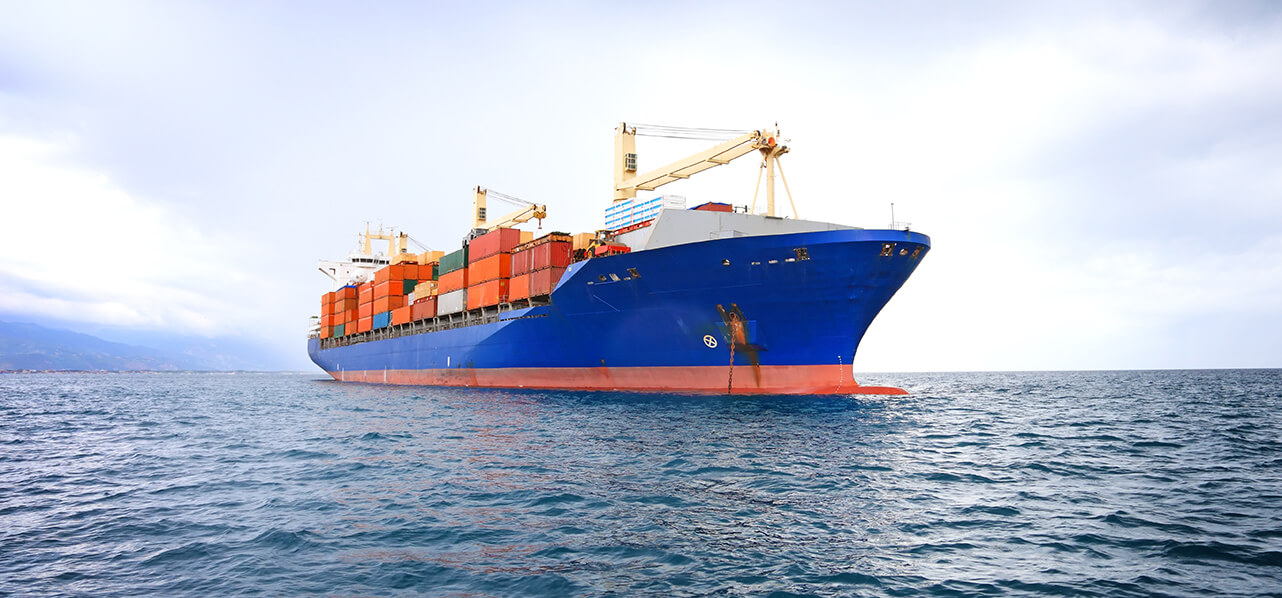Partner Hong Kong
"As the global economy moves further towards decarbonisation, the maritime sector finds itself both a facilitator and casualty of the energy transition."
As the global economy moves further towards decarbonisation, the maritime sector finds itself both a facilitator and casualty of the energy transition. This tension is particularly apparent in relation to the carriage of electric vehicles (“EVs”) by sea.
Whilst demand for EVs surges, so too does the incidence of lithium-ion battery fires aboard vessels – potentially catastrophic events which raise operational and safety concerns, as well as complex and evolving legal risks. These fires are fast moving, difficult to control and potentially deadly. For stakeholders in the transport of EVs, this is more than a technical issue, it’s a legal and commercial minefield.
The message is clear: if you are a stakeholder, it is critical that you speak with legal counsel to ensure you have ring-fenced your risk.
A Pattern of Catastrophic Loss
Recent high-profile casualties aboard roll-on/roll-off vessels (“RoRos”) illustrate the danger:
- 2025 – Morning Midas: caught fire and sank off Alaska whilst transporting over 3,000 cars from China to Mexico. The fire burned for weeks before the vessel sank, with salvors unable to approach due to strong winds carrying toxic gases, resulting in a $US560m loss;
- 2023 – Fremantle Highway: caught fire in the North Sea whilst transporting over 3,000 cars from Germany to Egypt. There was one crew fatality, the cargo was a total loss and the vessel was declared a constructive total loss;
- 2022 – Felicity Ace: caught fire and sank after catching fire off the Azores whilst transporting nearly 4,000 cars from Germany to the US; and
- 2020 – Höegh Xiamen: caught fire carrying over 2,400 used vehicles in Florida. The fire took over a week to extinguish, injuring nine.
Each of these incidents raises serious legal and insurance questions – who is liable, what defences arise and whether existing ship designs and traditional shipping practices and regulations are still fit for purpose.
Why lithium-ion fires aboard RoRos are so dangerous
Lithium-ion batteries, essential to EVs, are prone to thermal runaway – a chain reaction where heat builds rapidly and uncontrollably, becoming self-sustaining and leading to fires or explosions.
Once ignited, these fires spread quickly through closely packed and stacked car decks, produce toxic fumes and are extremely difficult to subdue due to the extreme heat generated and the risk of re-ignition.
The confined structure of RoRos compounds the problem – multiple decks, narrow ramps and stacked decks can trap heat and fumes, making firefighting operations extremely difficult.
The Legal Landscape: Risk and Responsibility
The IMDG Code
EVs and their batteries are classified as Class 9 miscellaneous dangerous goods under the International Maritime Dangerous Goods (IMDG) Code (the “Code”). However, they can be exempted from the Code under Special Provision 961 – provided that certain safety conditions have been met, including:
- transported in RoRos, or other vessels that have designated and flag-approved areas for the storage of vehicles;
- batteries transported at a low state of charge; and
- batteries showing no signs of leaking.
Shippers or charterers who fail to properly declare EV/lithium-ion battery cargoes, omit crucial safety information or misrepresent their condition (e.g. their charge levels or known defects), may face liability under the Code or dangerous goods clauses in underlying documents.
Key contacts
"The Morning Midas is a warning – early reports suggest that some cargo declarations may have been incomplete or insufficiently detailed."
The Morning Midas is a warning – early reports suggest that some cargo declarations may have been incomplete or insufficiently detailed.
The Hague/Hague-Visby Fire Exception
The carrier (usually the owner) may attempt to rely on the ‘fire exception’ found at Article IV Rule 2(b) of the Hague/Hague-Visby Rules to avoid liability for loss and damage to the cargo.
However, the fire defence is not a ‘get out of jail free card’ – it is only available where the carrier can show there was no actual fault on its part in relation to the initial fire/explosion and ensuing damage. If this can be linked to the unseaworthiness or cargoworthiness of the vessel – for example, negligent stowage, failure to ensure batteries are disconnected or inadequate firefighting systems on board, the carrier may be deemed liable for the loss.
General Average and Salvage
Due to their intensity, EV fires often result in the declaration of general average (“GA”), requiring all parties involved in the voyage to share the cost of the incident.
However, cargo interests may resist GA contributions if they consider that the fire was due to the owners’ fault – for instance, by failing to prepare the vessel and/or crew properly for lithium-ion risk.
Salvage operations involving EV fires attract premium rates from salvors given their high risks and specialist firefighting challenges. They can take many weeks to complete, especially where weather conditions prevent salvors approaching due to toxic vapours – per the attempted salvage of the Morning Midas.
Third-Party Claims and Regulatory Exposure
EV fires do not just affect those directly involved in the carriage of that particular cargo – adjacent vessels, port operators and coastal states may also suffer harm; opening the door to tortious claims and environmental liability.
Authorities may investigate ISM Code or MARPOL violations, particularly where fire response plans or safety systems were inadequate. Criminal liability may also be considered in cases involving fatalities or serious environmental impact.
The increasing occurrence of EV fires strengthens arguments that they are no longer unforeseen, raising the bar for owners to demonstrate that they have taken reasonable care in relation to the carriage of EVs.
Insurance
Insurers are increasingly wary of the risk of EV fires, and many will not underwrite EV cargoes due to the inherent risks associated with their carriage. Obtaining coverage, therefore, can be a costly affair.
Even where coverage is in place, non-disclosure/mis-disclosure of EV cargoes, or a failure to implement requisite fire safety protocols, may result in claims being denied under policy exclusions.
Complex insurance claims are a possibility; insurers may have subrogated claims against EV manufacturers – in the Felicity Ace, MOL and Allianz have pursued claims against Volkswagen in relation to the total loss of the vessel and cargo, alleging negligence on its part.
Case in Brief – The “Eurasian Dream”
"This case remains a textbook example of how multiple failures – technical, procedural and legal – can converge to create catastrophic legal exposure."
On 23 July 1998, a fire started on the RoRo Eurasian Dream whilst in port at Sharjah. The crew was unable to contain the fire resulting in the destruction of the cargo of vehicles and rendering the vessel a constructive total loss.
Although the fire was not caused by EVs, this case remains a textbook example of how multiple failures – technical, procedural and legal – can converge to create catastrophic legal exposure.
Here, Cargo Interests brought a claim against the owner for the loss of the cargo. The owners tried to rely upon the ‘fire exception’ under the Hague/Hague-Visby Rules, however, were unable to do so as the court found that the vessel was unseaworthy in three overlapping respects:
- inadequate firefighting equipment, including fire extinguishers and breathing apparatus;
- insufficiently trained crew, in relation to the particular hazards of RoRo vessels; and
- vague safety documents, an overly detailed fire-prevention manual unspecific to the particular vessel and cargo.
The court held that the loss was wholly attributable to the unseaworthiness of the vessel; the fire would not have broken out, or it could have been contained to a single deck if the Master and crew had been properly trained.
In finding owners liable for the loss, the court stated, “fire is one of the greatest threats to ships at sea. The ship’s firefighting ability and, therefore, its seaworthiness is crucially dependent on its crew as fire-fighters and, in particular, the Master as their leader”.
Although 25 years old, this comment and the lessons from this incident stand fast today.
Mitigating Risk – Practical Steps for Stakeholders
To manage the risks associated with the transport of EVs and lithium-ion batteries, stakeholders should act now, measures include:
- contractual reform: add EV-specific clauses to charterparties and bills of lading, covering battery condition, charge level, stowage responsibility and indemnities;
- international regulations: ensure full compliance with the ISM Code, the IMDG Code and all flag state requirements. Note: the 2025 Edition of the IMDG Code becomes mandatory on 1 January 2026 and significantly tightens the rules on the carriage of EVs/lithium-ion batteries, including the scope of their exemption as dangerous goods;
- vessel readiness: equip vessels with the systems for the safe carriage of EVs and lithium-ion battery-powered goods, including fire suppression systems suitable for lithium-ion risk. Keep certification up to date;
- disclosure: demand full and accurate information from shippers – battery type, condition, state-of-charge and origin;
- insurance: work with underwriters to ensure coverage is in place and that policies clearly address EV/lithium-ion related fires;
- crew training: train crews (and all personnel in the logistics chain) on lithium-ion handling, hazard recognition and emergency response. Ensure tight pre-shipment battery checks and supervised loading/discharge; and
- equipment: regularly confirm the sufficiency and condition of fire-fighting equipment. Consider investing in fire-retardant deck-coatings and thermal-imaging cameras.
"Incidents like the Morning Midas and Felicity Ace show how unprepared many stakeholders still are."
Conclusion
The energy transition is here – and with it, new risks for the shipping industry.
Incidents like the Morning Midas and Felicity Ace show how unprepared many stakeholders still are. Without proactive risk management, including rigorously drafted contracts, robust due diligence and operational preparedness, stakeholders may find themselves legally and commercially exposed when a casualty occurs.
WFW can help, however – we are experts in the legal, operational and commercial challenges associated with transporting potentially dangerous cargoes, so please get in touch if this article is relevant to you.
Key contacts
Partner Hong Kong
Senior Associate Singapore
Counsel Hong Kong






